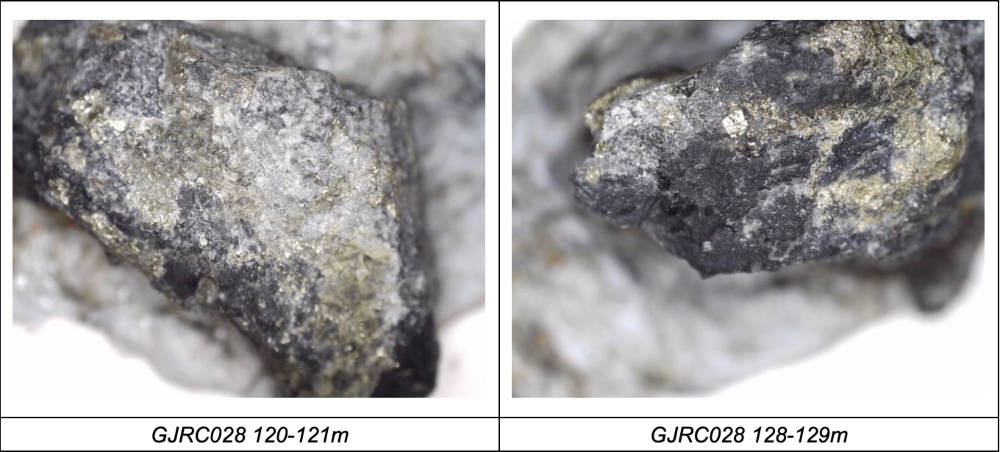This is why Miramar is keen to unlock the secrets of its Blackfriars gold prospect

Miramar has yet to properly test the Blackfriars prospect but the work to date is building up a pretty picture. Pic: Getty Images
- Drill hole at Blackfriars prospect intersects the same type of rocks hosting the nearby >2Moz Paddington deposit
- Result supports belief that the Eastern Goldfields prospect could be a lookalike of Paddington
- Last 3 metres before hole was abandoned ‘due to difficult drilling conditions’ hit anomalous gold, silver and antimony
- ‘Gidji has the potential to host significant bedrock gold mineralisation in one or more deposits’: exec chair Allan Kelly
Special Report: Miramar Resources will undoubtedly be keen to continue exploration at its Gidji joint venture project in WA’s Eastern Goldfields region after drilling intersected Paddington-style host rocks at the Blackfriars prospect.
Blackfriars has the same geological setting as the large +2Moz Paddington gold deposit to the north, and is currently defined by large 1km long, 1g/t aircore (shallow drilling) gold footprint.
Given a host of similarities to Paddington, unlocking the secrets of Blackfriars – and the wider Gidji project — remains a focus for Miramar Resources (ASX:M2R).
“The reason that the Gidji Project has remained underexplored for so long, despite its prime location on a major highway between two major gold camps, is due in large part to the presence of extensive transported cover and the Gidji Paleochannel,” M2R boss Allan Kelly said.
“This makes drilling more challenging than in other parts of the Goldfields but also means that any potentially significant bedrock gold mineralisation remains undiscovered.”
The 80%-owned Gidji JV project within the Boorara Shear Zone sits between the Kalgoorlie Super Pit and Paddington. It has been actively explored by the company since it listed in 2020.

Target still untested
Reverse circulation hole GJRC028 drilled beneath aircore hole GJAC627 — which had intersected 1m at 11.8g/t gold and 6g/t at the end of hole — was planned to intersect the dolerite footwall contact.
However, the hole was abandoned at 130m due to difficult drilling conditions associated with running sands in the overlying Gidji Paleochannel.
While the intersection of Paddington-style dolerite along with significant sulphide mineralisation and quartz-carbonate stringer veins from a down-hole depth of 113m is encouraging, the main Blackfriars target remains untested at this stage.
Samples from the last three metres before the hole was abandoned did add interest though by returning anomalous gold, silver and antimony along with the increase in sulphide mineralisation.
“Frustratingly, we had to abandon the hole just when it was starting to look interesting,” executive chairman Allan Kelly said.
“Given the favourable geology and structural setting, and the amount of shallow gold we have outlined from aircore drilling so far, we still believe Gidji has the potential to host significant bedrock gold mineralisation in one or more deposits.”
Next steps
Blackfriars remains a high priority target for M2R, which is reviewing options for further work such as adding a diamond tail to GJRC028 to properly test the dolerite unit and testing along strike to the northwest with further aircore drilling.
The company is also working towards obtaining approvals for drilling of other high-priority targets at Gidji.
This article was developed in collaboration with Miramar Resources, a Stockhead advertiser at the time of publishing.
This article does not constitute financial product advice. You should consider obtaining independent advice before making any financial decisions.
Related Topics

UNLOCK INSIGHTS
Discover the untold stories of emerging ASX stocks.
Daily news and expert analysis, it's free to subscribe.
By proceeding, you confirm you understand that we handle personal information in accordance with our Privacy Policy.








